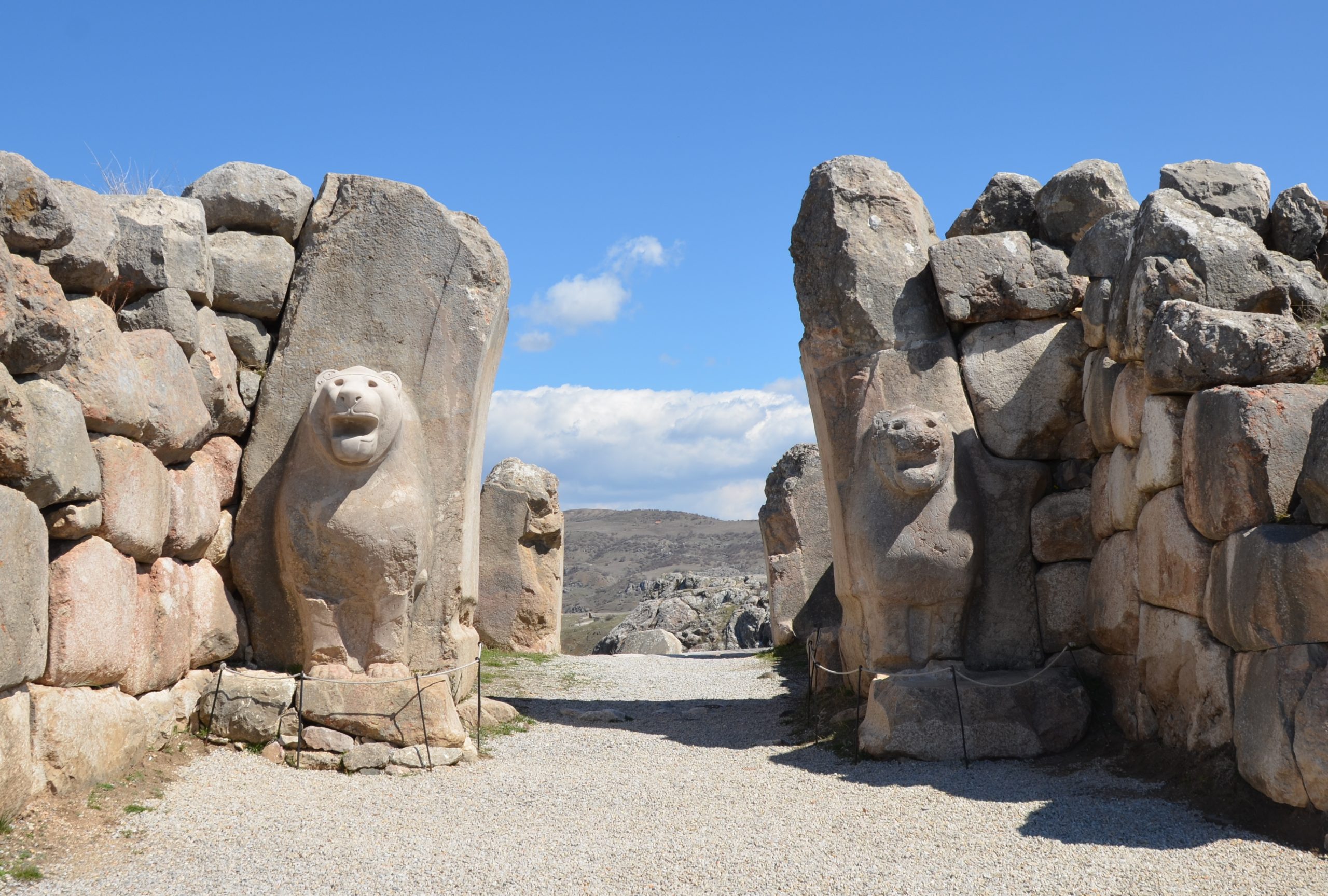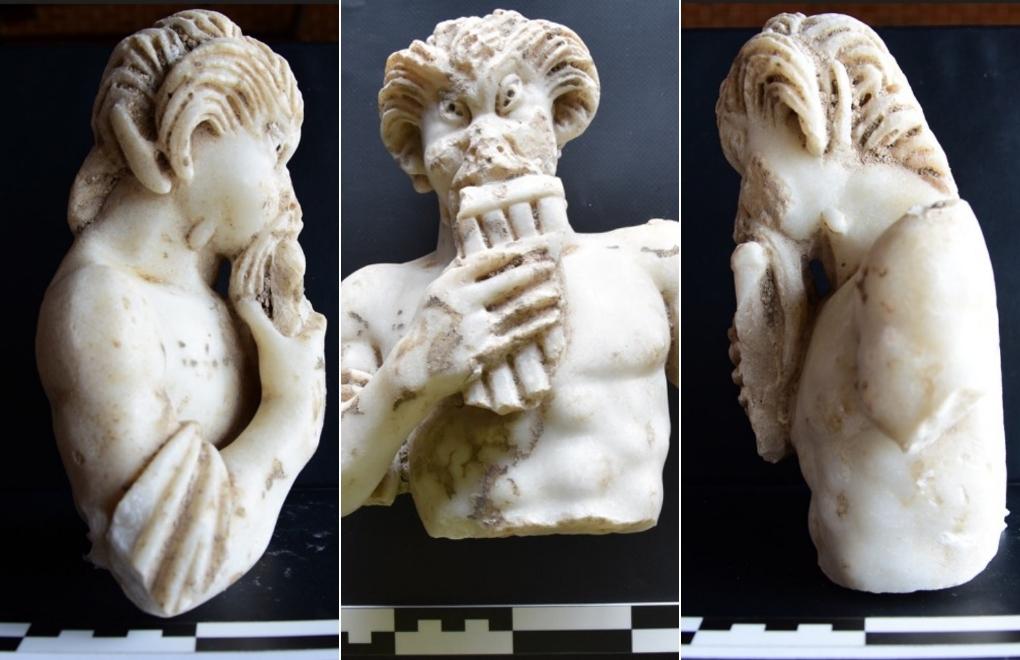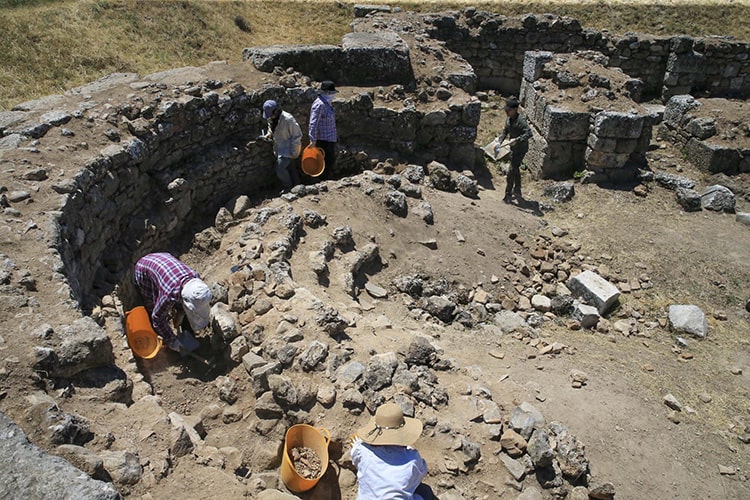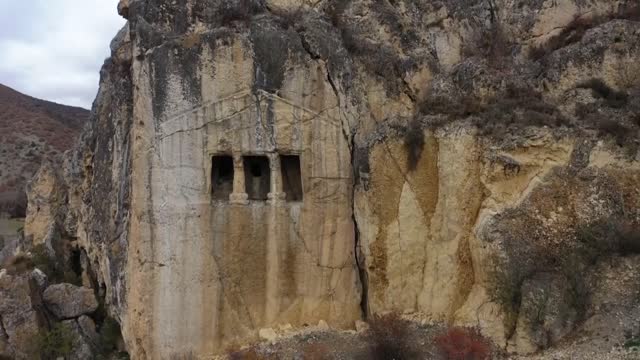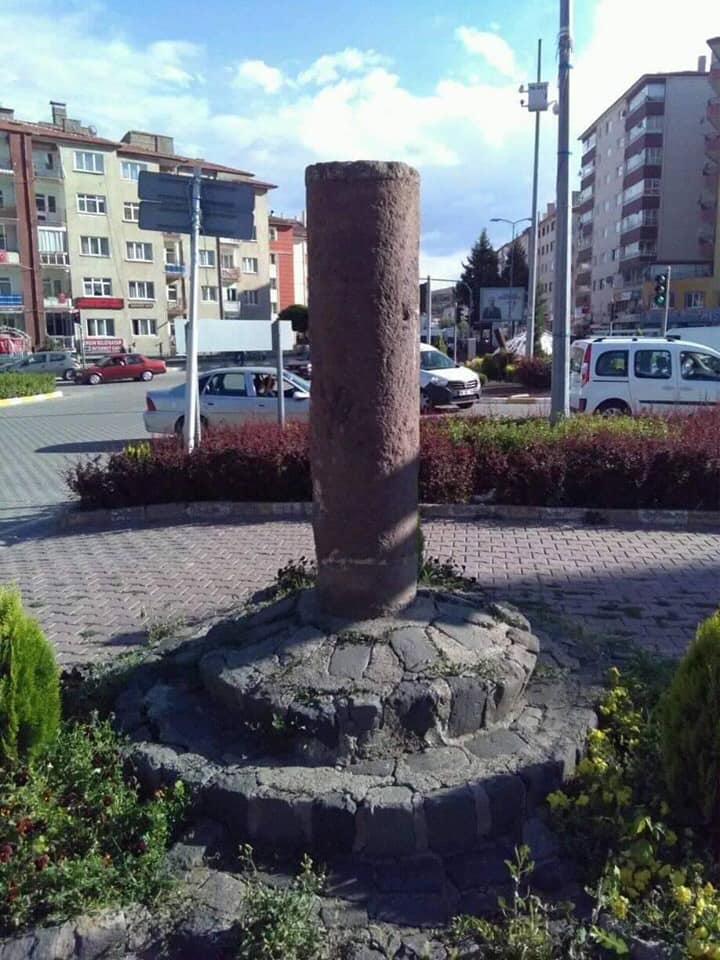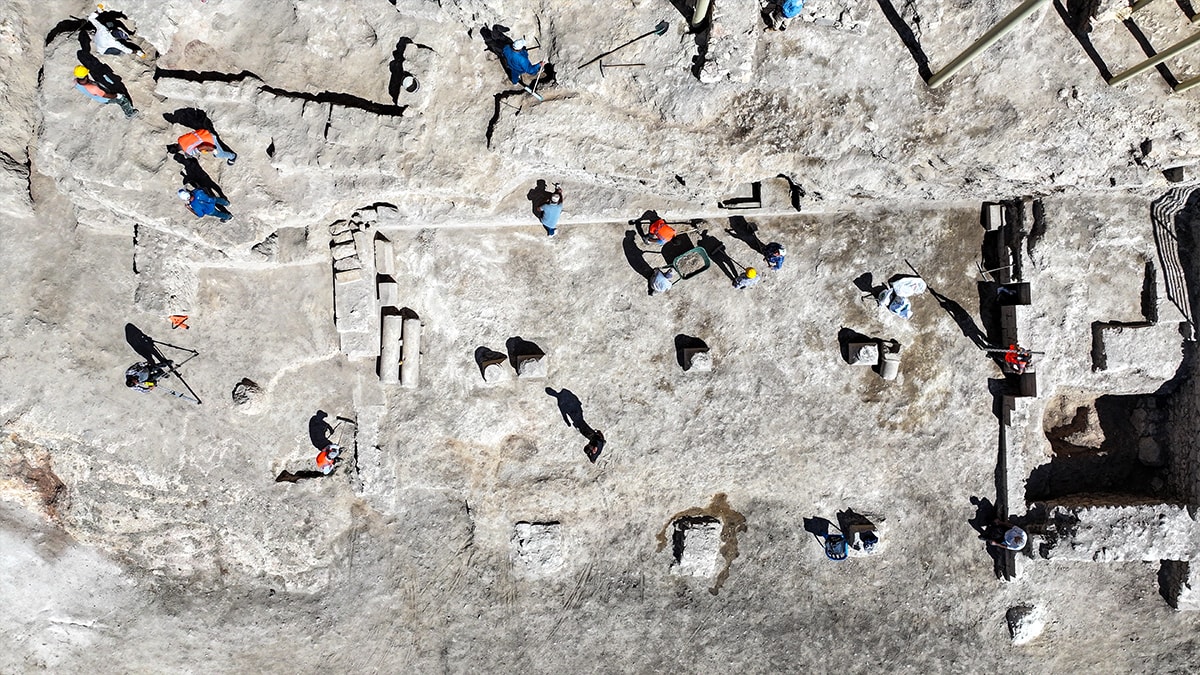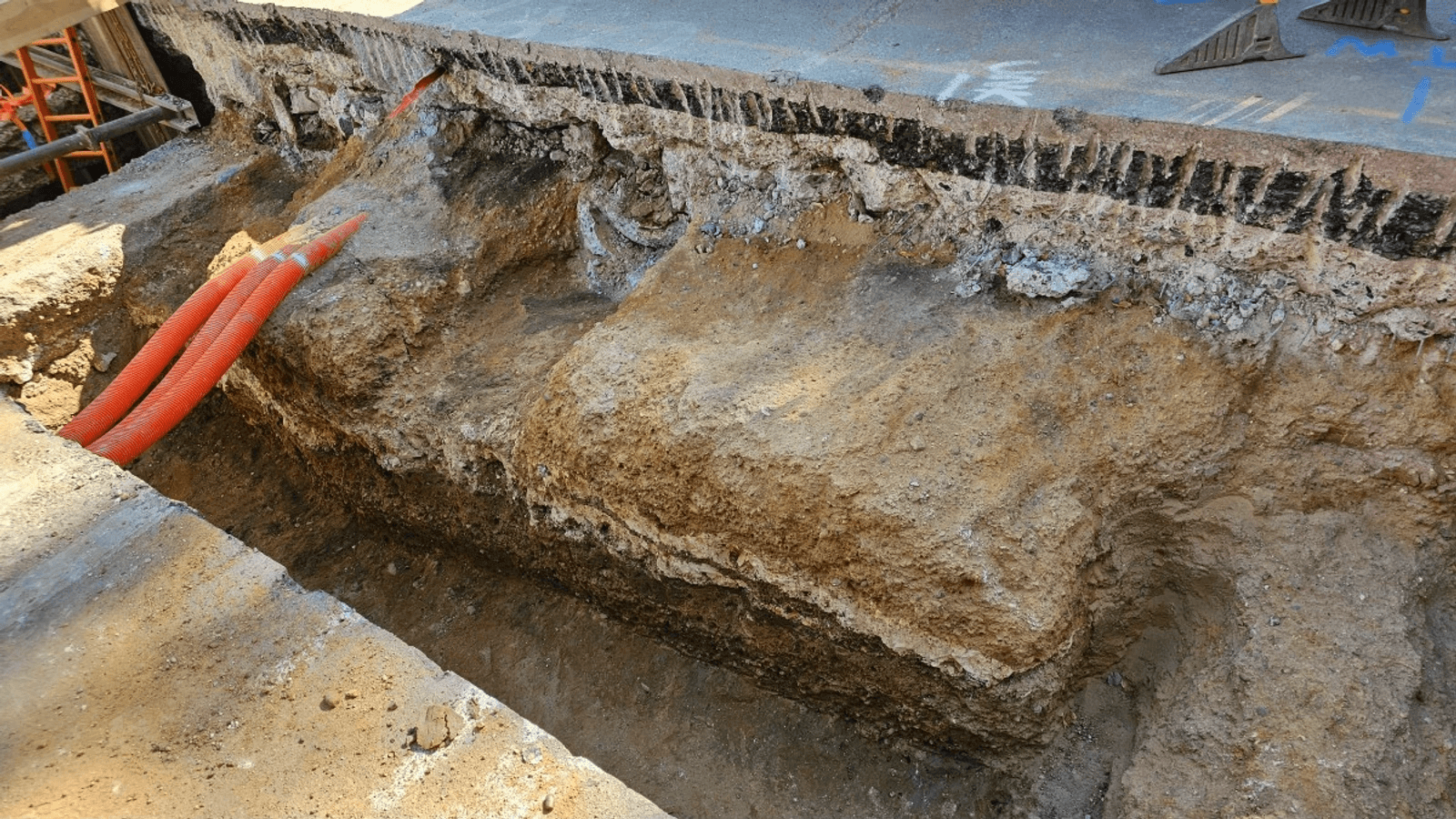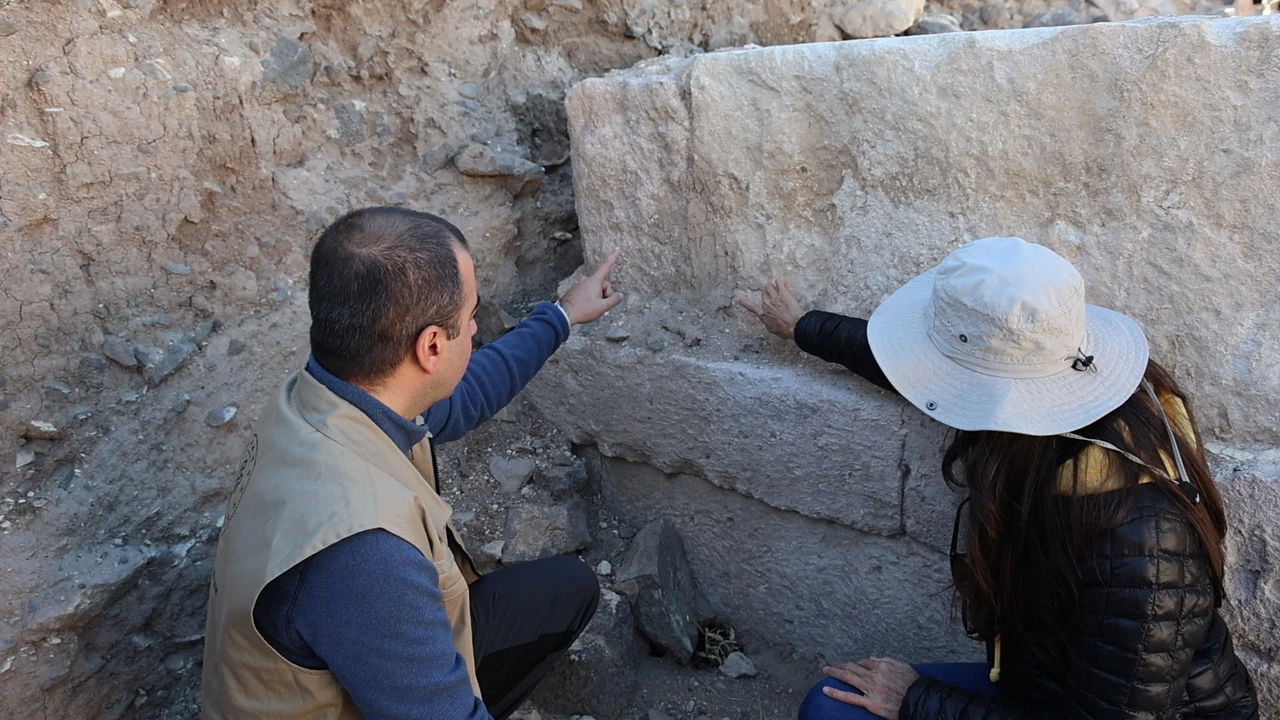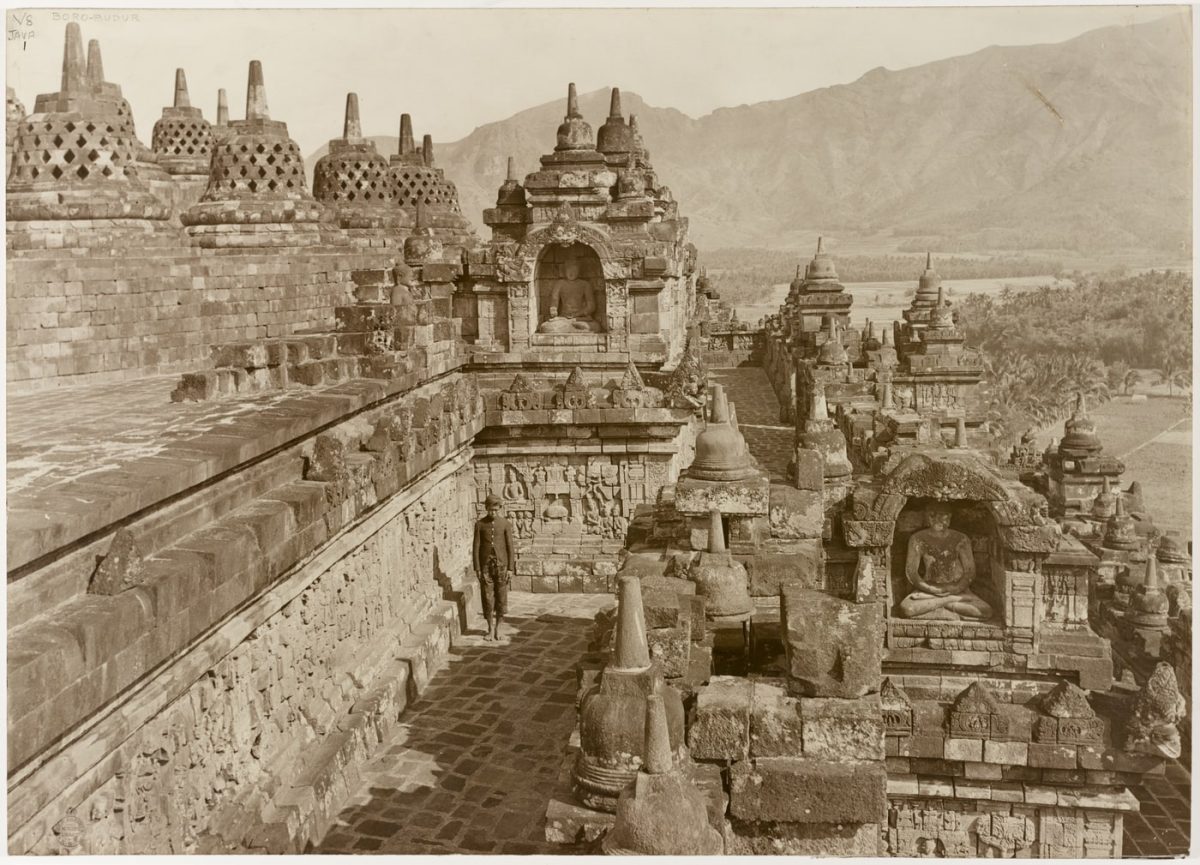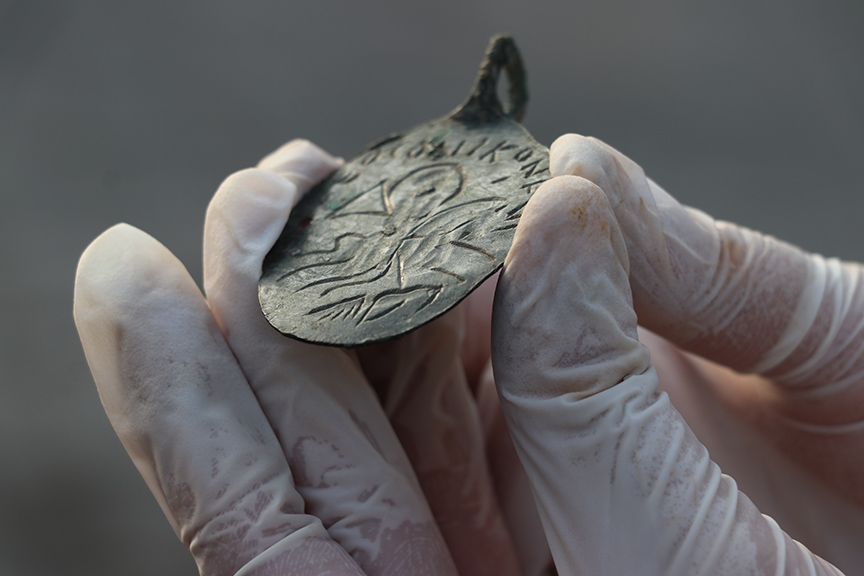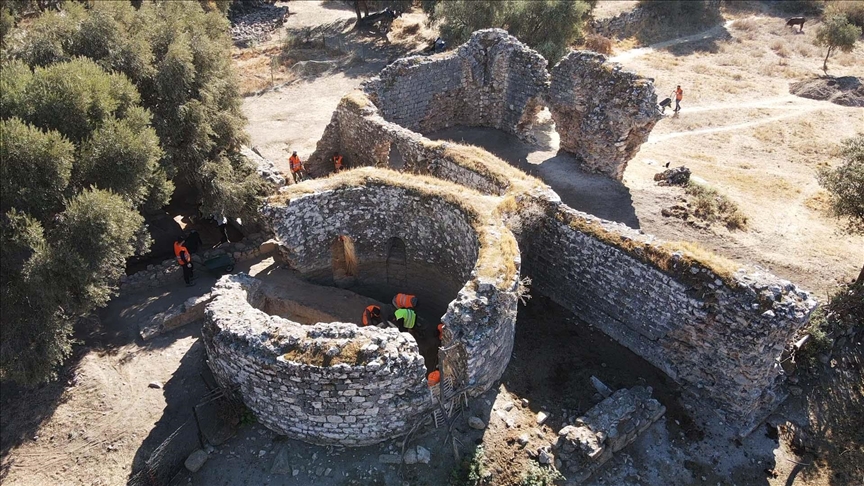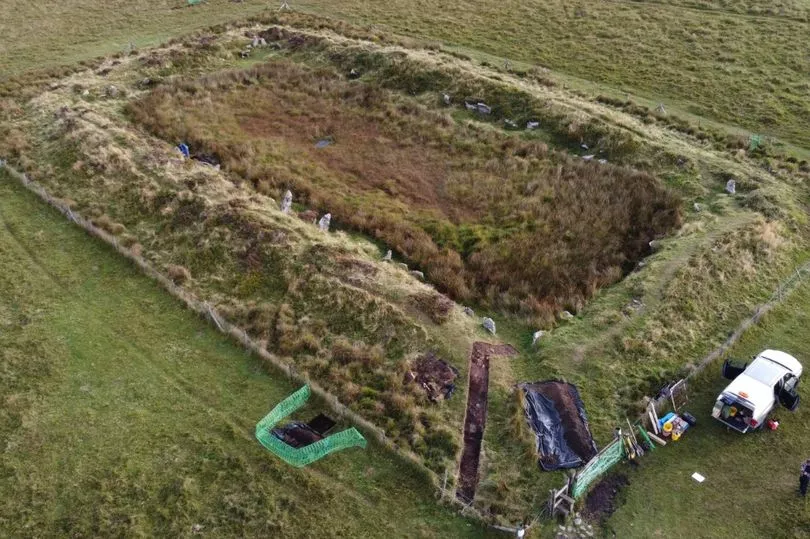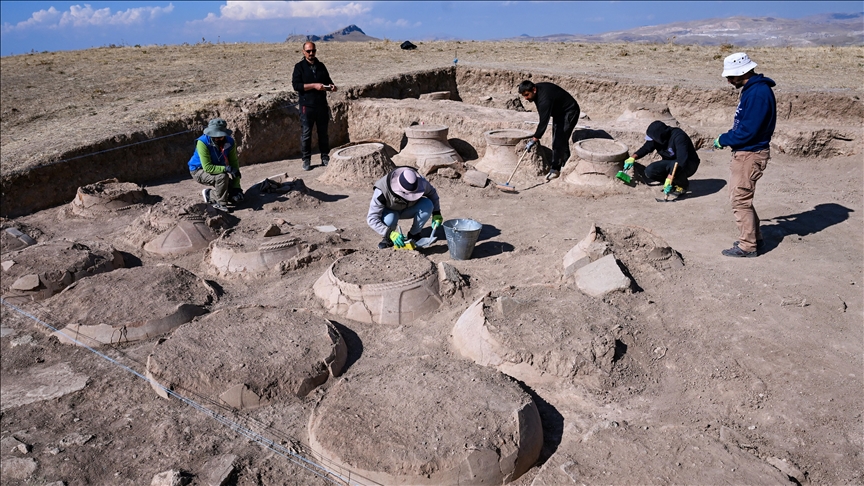Tlos Ancient Theatre Prepares to Take the Stage Again After Centuries
Restoration work is nearing completion at the theatre of Tlos Ancient City, one of the oldest settlements in the Lycian Region. The theatre, which can comfortably seat approximately 8,500 people, will reopen its doors to art lovers after centuries. Located in the Seydikemer district of Muğla, Tlos is recorded as Dlawa in 14th century BC

